INDIAN ARMED FORCES CHIEFS ON OUR RELENTLESS AND FOCUSED PUBLISHING EFFORTS

The insightful articles, inspiring narrations and analytical perspectives presented by the Editorial Team, establish an alluring connect with the reader. My compliments and best wishes to SP Guide Publications.

"Over the past 60 years, the growth of SP Guide Publications has mirrored the rising stature of Indian Navy. Its well-researched and informative magazines on Defence and Aerospace sector have served to shape an educated opinion of our military personnel, policy makers and the public alike. I wish SP's Publication team continued success, fair winds and following seas in all future endeavour!"

Since, its inception in 1964, SP Guide Publications has consistently demonstrated commitment to high-quality journalism in the aerospace and defence sectors, earning a well-deserved reputation as Asia's largest media house in this domain. I wish SP Guide Publications continued success in its pursuit of excellence.
ISRO – More Milestones
From Supernovas to Solar observatories, ISRO's cosmic endeavours are paving the way for a stellar future
 |
The Author is Former Director General of Information Systems and A Special Forces Veteran, Indian Army |
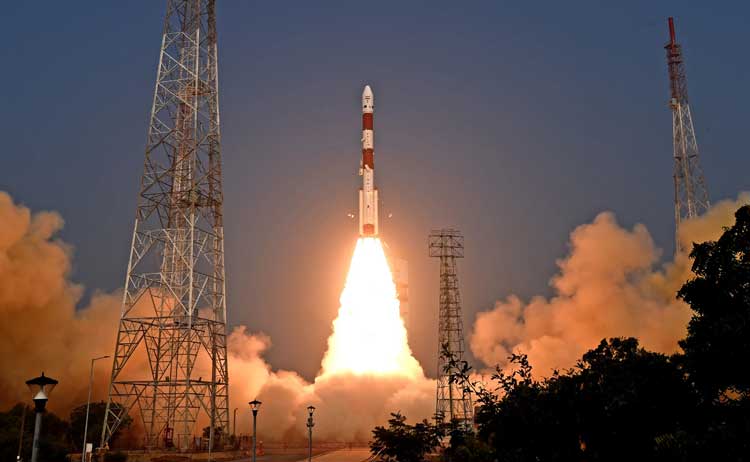
January 1, 2024 witnessed the Indian Space Research Organisation successfully launching the XPoSAT (X-ray Polarimeter Satellite) at 9.10 am from the Sriharikota spaceport. Following the launch, the final 4th stage of the PSLV dropped to a 350 x 350 km orbit to facilitate its use as PSLV Orbital Experimental Module POEM-3. XPoSAT is India’s first dedicated polarimetry mission to study dynamics of bright astronomical X-ray sources in extreme conditions. Besides XPoSat, the spacecraft is carrying 10 other satellites. The X-Ray Polarimeter Satellite or XPoSAT will offer insights into celestial objects such as black holes making it the 60th launch in the PSLV rocket series. The mission life is about five years and is anticipated to bring substantial benefits for the global astronomical community.
January 1, 2024 witnessed the Indian Space Research Organisation successfully launching the XPoSAT (X-ray Polarimeter Satellite) from the Sriharikota spaceport
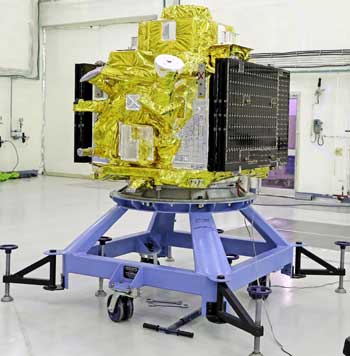
As ISRO statement of January 12 says, “The XSPECT payload on XPoSat, India's first X-ray polarimetric mission, has captured its first light from the Cassiopeia A (Cas A) supernova remnant.” The observation captured emission lines corresponding to elements like Magnesium, Silicon, Sulphur, Argon, Calcium, and Iron in the supernova remnant. Scientists use certain supernovas as cosmic rulers to measure distances in space. Supernovas reveal the origins of elements. Stars generate and disperse elements, including those necessary for life, such as carbon and nitrogen. Massive stars, through supernovas, produce heavy elements like gold, silver, and uranium.
News reports of January 9 confirmed that India’s first solar observatory, Aditya-L1, was parked in an orbit around Lagrange Point-1, with all the seven key instruments activated, to observe various aspects of the Sun for the next five years and the first set of data and the first set of data is expected in the middle of January. Aditya-L1 was launched on September 2, 2023. The craft has been placed in a Halo Orbit around L1, which is an imaginary point in space about 1.5 million km from the Earth — about 1 per cent of the Earth-Sun distance.
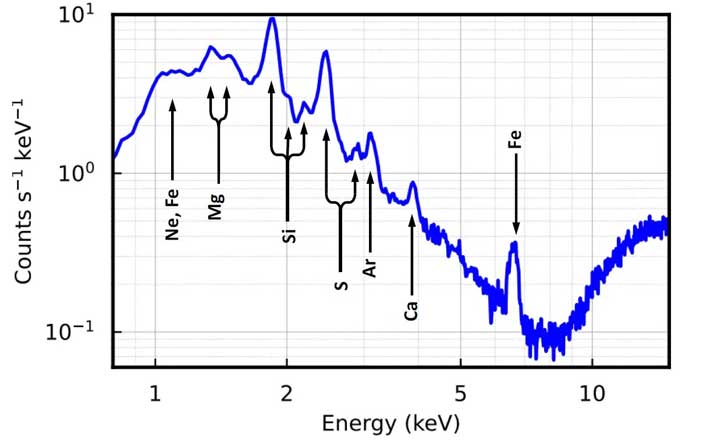
In its mission document released in July 2023, ISRO said, “The suits of Aditya-L1 payloads are expected to provide the most crucial information to understand the problem of coronal heating, coronal mass ejection, pre-flare and flare activities and their characteristics, dynamics of space weather, propagation of particles and fields.” Aditya-L1 will be observing the Sun without any interruptions for at least the next five years, providing critical data for the scientific community. This is for the first time that ISRO has placed a satellite around the L1.
India’s first solar observatory, Aditya-L1, was parked in an orbit around Lagrange Point-1, with all the seven key instruments activated, to observe various aspects of the Sun for the next five years
ISRO plans to launch 50 satellites over the next five years to gather geo-intelligence. ISRO Chief S. Somanath said in a seminar in December last year it is important to improve the ability of satellites to detect changes, to bring in more AI-related and data-driven approaches to analyse data, reduce data downloads and get only the necessary information. Noting that spacecrafts are capable of observing a country's borders and neighbouring regions, he said, "All of it can be seen from satellites. This capability gives us enormous potential. We have been launching satellites to handle this, but there is a different way of thinking now and we need to look at it in a much more critical manner because the power of (any) nation is the ability to understand what is happening around it."
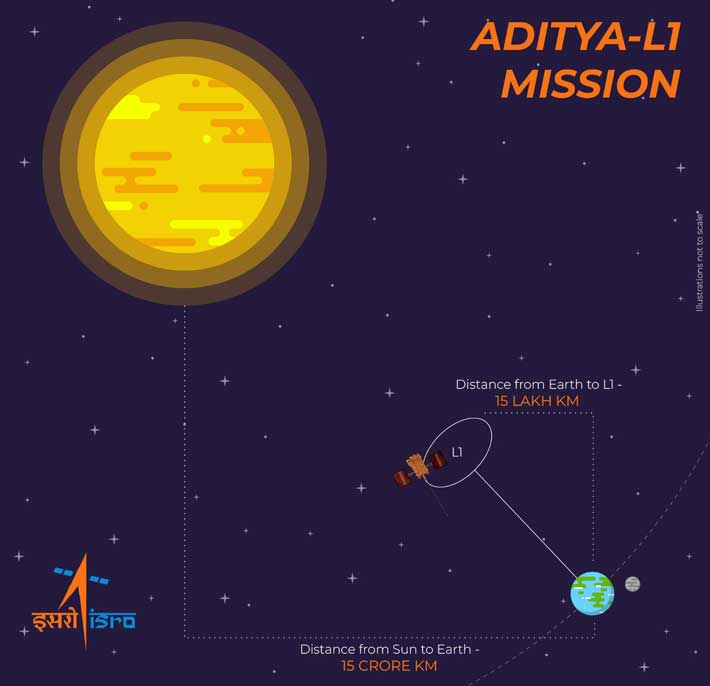
ISRO plans a layer of satellites from GEO (geostationary equatorial orbit) to LEO (lower earth orbit) and also very low earth orbit where very critical assessment of the situation is needed. This is a new domain which is coming up not only in optical, but also in SAR (synthetic aperture radar), thermal and various other technologies. These satellites will create a layer in different orbits, allowing them to track troop movements and image thousands of km of area. This will boost border surveillance to monitor troop movement and infiltration. China has 24x7 satellite surveillance astride its border with India.
ISRO plans a layer of satellites from GEO (geostationary equatorial orbit) to LEO (lower earth orbit) and also very low earth orbit where very critical assessment of the situation is needed
ISRO is also planning a satellite exclusively for G20 nations to study air pollution, greenhouse gases and humidity conditions. For future rockets, ISRO is planning ones that will be reusable as well as for use in space tourism. The first experimental mission of ISRO’s Scramjet Engine towards the realisation of an Air Breathing Propulsion System was successful. A dual mode ramjet (DMRJ) is a type of jet engine where a ramjet transforms into scramjet over Mach 4-8 range, which means it can efficiently operate both in subsonic and supersonic combustor modes. An important development in ISRO’s Air Breathing Propulsion Project (ABPP) occurred on August 28, 2016, which was the successful flight testing of its Scramjet. India is the fourth country to demonstrate the flight testing of a Scramjet Engine.
Media reports of August 14, 2023 indicated that ISRO is collaborating with the Bhabha Atomic Research Centre (BARC) to develop a nuclear-powered engine for deep space missions. Somanath has said the first phase of the Bharatiya Antariksh Station (Space Station) will be ready by 2028, while the entire facility will be completed in 2035, adding, “It will be an international platform for collaborative research.” He said the space station will be a gateway for interplanetary missions, microgravity studies, space biology, medicine and research. He further said ISRO is working on an Integrated Lunar Exploration Roadmap, which, among other things, envisages setting up a moon base habitat at a lower cost, compared to other nations. The lunar roadmap also includes a lunar sample return mission.
ISRO is collaborating with the Bhabha Atomic Research Centre (BARC) to develop a nuclear-powered engine for deep space missions
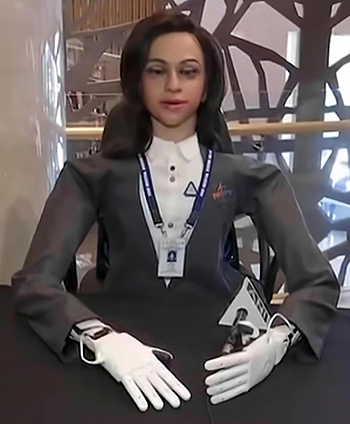
Speaking to reporters at Jammu on January 9, 2024, about the Gaganyaan mission, Union Minister of State (MoS) for Atomic Energy and Space Dr Jitendra Singh said, "We are going to the final launch in 2025. This year is very important because the test flights will be done this year. It is important and exciting to send a human being into space, but it is equally important to get the human being back safe and sound. We have a crew module and an operation module and the test flights would ensure that all these functions happen as we have envisaged."
Jitendra Singh also said that the last flight before the actual Gaganyaan mission will carry a female robo 'Vyommitra', which will simulate the activities of astronauts. The Gaganyaan project envisages a demonstration of human spaceflight capability by launching a crew of three members into an orbit of 400 km for a three-day mission and bringing them back safely to earth by landing in Indian sea waters. ISRO also plans to launch a spacecraft to orbit Venus in 2024 or 2025. The spacecraft will orbit Venus for five years to study the planet's atmosphere.





